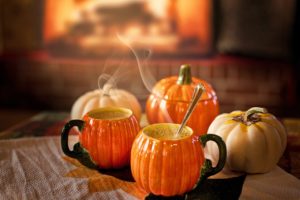 Now that Haustblot (or Harvest or Winter Finding) has come and gone, you’re probably saying, “Okay, autumn is here, so what?” After all, with the exception of pumpkin spice-flavored everything or school starting, fall is pretty much a non-issue in our lives today. Sure, we see cooler weather and the leaves turn, but really, other than that, we really don’t see anything particularly special about autumn.
Now that Haustblot (or Harvest or Winter Finding) has come and gone, you’re probably saying, “Okay, autumn is here, so what?” After all, with the exception of pumpkin spice-flavored everything or school starting, fall is pretty much a non-issue in our lives today. Sure, we see cooler weather and the leaves turn, but really, other than that, we really don’t see anything particularly special about autumn.
And that’s a shame. Why? Because autumn was an important part of our ancestors’ lives, even if they considered it as part of summer or winter.
Why Autumn Was Important to Our Ancestors
First, our ancestors lived on an Earth with a warmer climate. (Yeah, I don’t want to go into the climate change politics, so we’re so not going 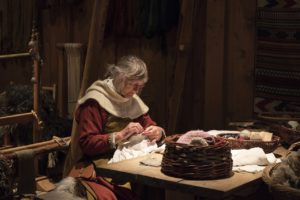 there.) Earth was about 1 degrees Celsius warmer than it is today during the Medieval warming period. (That’s about 1.8 degrees Fahrenheit for us Americans.) The Medieval warming period happened between 900 to 1300 CE, which doesn’t cover the time before that, but it was certainly warmer than when the Little Ice Age took hold. Before the Little Ice Age, our ancestors dealt with better conditions for farming, but it was often dicey. Bad harvests meant everyone would starve during the winter, including the animals. Good harvests meant that you had a fighting chance for seeing the next winter. Winter was still cold and difficult, so our ancestors used fall to prepare for the upcoming cold and dark months.
there.) Earth was about 1 degrees Celsius warmer than it is today during the Medieval warming period. (That’s about 1.8 degrees Fahrenheit for us Americans.) The Medieval warming period happened between 900 to 1300 CE, which doesn’t cover the time before that, but it was certainly warmer than when the Little Ice Age took hold. Before the Little Ice Age, our ancestors dealt with better conditions for farming, but it was often dicey. Bad harvests meant everyone would starve during the winter, including the animals. Good harvests meant that you had a fighting chance for seeing the next winter. Winter was still cold and difficult, so our ancestors used fall to prepare for the upcoming cold and dark months.
Storing for Winter
Harvest wasn’t the only thing that happened in the fall. As the temperatures plummeted, people would slaughter and preserve most of their meat for the upcoming winter. Having 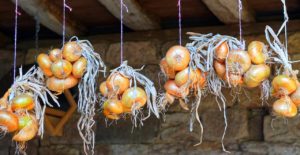 storehouses where you kept your smoked and salted meats for winter naturally kept the meat cold. The fall temperatures often dipped below freezing, but on days when the temperatures were above freezing, the air still acted like a refrigerator. Smoking and salting were ways of stabilizing the meat so it didn’t turn rancid during the occasional temperatures fluctuations. Hence, hunting for big game often happened in the fall and winter months. Unless you were planning on eating the whole critter in a few days, you really had no way to preserve the meat during the summer months, unless you were drying it. Hence eating small game and young animals were more fitting for the spring and summer months.
storehouses where you kept your smoked and salted meats for winter naturally kept the meat cold. The fall temperatures often dipped below freezing, but on days when the temperatures were above freezing, the air still acted like a refrigerator. Smoking and salting were ways of stabilizing the meat so it didn’t turn rancid during the occasional temperatures fluctuations. Hence, hunting for big game often happened in the fall and winter months. Unless you were planning on eating the whole critter in a few days, you really had no way to preserve the meat during the summer months, unless you were drying it. Hence eating small game and young animals were more fitting for the spring and summer months.
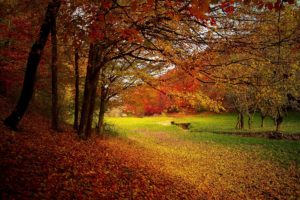 During this time, people were busy drying fruits and vegetables. Canning hadn’t been invented until the Napoleonic Wars, so that didn’t happen. People did store in what food they preserved for the upcoming winter months, presumably in precursors to root cellars. They ground grain into flour. It could be stored as flour or baked into bread, which usually stored okay, at least if it was too cold for mold to grow. Grain was also made into ale, which our Northern ancestors drank quite a bit. Milk was processed into cheese. Cheese stores better than milk, so they could have fresh dairy once the cows or goats stopped producing. Often, they slaughtered their milking cows to reduce the herd so they didn’t have to feed so many animals. (The cow’ heifer it calved the previous spring usually replaced the cow.)
During this time, people were busy drying fruits and vegetables. Canning hadn’t been invented until the Napoleonic Wars, so that didn’t happen. People did store in what food they preserved for the upcoming winter months, presumably in precursors to root cellars. They ground grain into flour. It could be stored as flour or baked into bread, which usually stored okay, at least if it was too cold for mold to grow. Grain was also made into ale, which our Northern ancestors drank quite a bit. Milk was processed into cheese. Cheese stores better than milk, so they could have fresh dairy once the cows or goats stopped producing. Often, they slaughtered their milking cows to reduce the herd so they didn’t have to feed so many animals. (The cow’ heifer it calved the previous spring usually replaced the cow.)
What Northern Peoples Did in Autumn
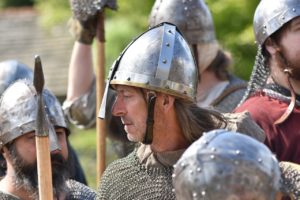 Beyond hunting and foraging for food as well as harvesting and preserving food, the Northern peoples spent time enjoying themselves too. Those who lived in the Viking era enjoyed playing board games, drinking games, and other indoor games when the weather got too cold or in the evenings when they had a little time to relax. When they had free time outside and the weather wasn’t too cold or snowy, they’d practice fighting and even hold mock battles to improve their skills. Some of these “games” ended up pretty bloody.
Beyond hunting and foraging for food as well as harvesting and preserving food, the Northern peoples spent time enjoying themselves too. Those who lived in the Viking era enjoyed playing board games, drinking games, and other indoor games when the weather got too cold or in the evenings when they had a little time to relax. When they had free time outside and the weather wasn’t too cold or snowy, they’d practice fighting and even hold mock battles to improve their skills. Some of these “games” ended up pretty bloody.
Our Northern ancestors were into telling stories and creating poetry during these times. The sagas and poetry we have show how our ancestors loved a good story.
When the ponds and lakes froze over, they’d strap bones or short pieces of metal to their feet and ice skate. Of course, there were contests to see how fast one could skate across the ice. Northern peoples often used skis or snowshoes to travel and get around. So our ancestors could still hunt and do other activities outdoors.
How You Can Enjoy the Autumn…Like a Viking!*
If you live in urban or suburban areas, chances are you don’t have to prepare much for winter besides dusting off your fall wardrobe. The local coffee shop now has pumpkin-spiced lattes 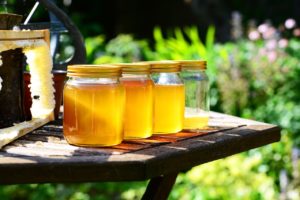 and Hel, even Siggi’s Skyr Yogurt has Pumpkin & Spice skyr. (Now, isn’t that oxymoronic?) But if you have a farmer’s market near you or a particularly good sale at the local supermarket on fall produce, now is the time to stock up and make some jams, dry some foods, or stick some foods in the freezer. Get that honey and start your mead for Yule.
and Hel, even Siggi’s Skyr Yogurt has Pumpkin & Spice skyr. (Now, isn’t that oxymoronic?) But if you have a farmer’s market near you or a particularly good sale at the local supermarket on fall produce, now is the time to stock up and make some jams, dry some foods, or stick some foods in the freezer. Get that honey and start your mead for Yule.
If you’re a writer—or even if you’re not—spend some time writing or making up stories that you can tell to entertain your family and friends. Hel, you might even have something that’s worth putting online and sharing. You never know.

If you hunt, now is the time to prepare for hunting season. If your season is in full swing, it’s time to get out there and get some food for the table. This year, pick up a book on how to butcher your deer, if you’ve never done it before. I like Making the Most of Your Deer. There are other books which work too. Butcher and wrap your deer. I guarantee there will be a lot less waste.
As the nights get longer, consider dusting off those board games or picking up some new ones, and having a gamer’s Friday or Saturday night. Invite over your friends or play board games with your family. Have a one night of being unplugged and force them to have to deal with you. (Hide the weapons!)
My point is that autumn was an important time to our ancestors and by doing some simple things, you can be more of a Heathen and offer respect to our ancestors, even though in our modern society we don’t necessarily have to do these things. By incorporating these little things in our lives, we can get in touch with what our ancestors did to survive.
*The game is to add “like a Viking” to the last thing you did.
—
Disclaimer: This post contains affiliate links. If you purchase something from these links, I get a small stipend which helps support The Rational Heathen. I would encourage you to support my site. Thanks.




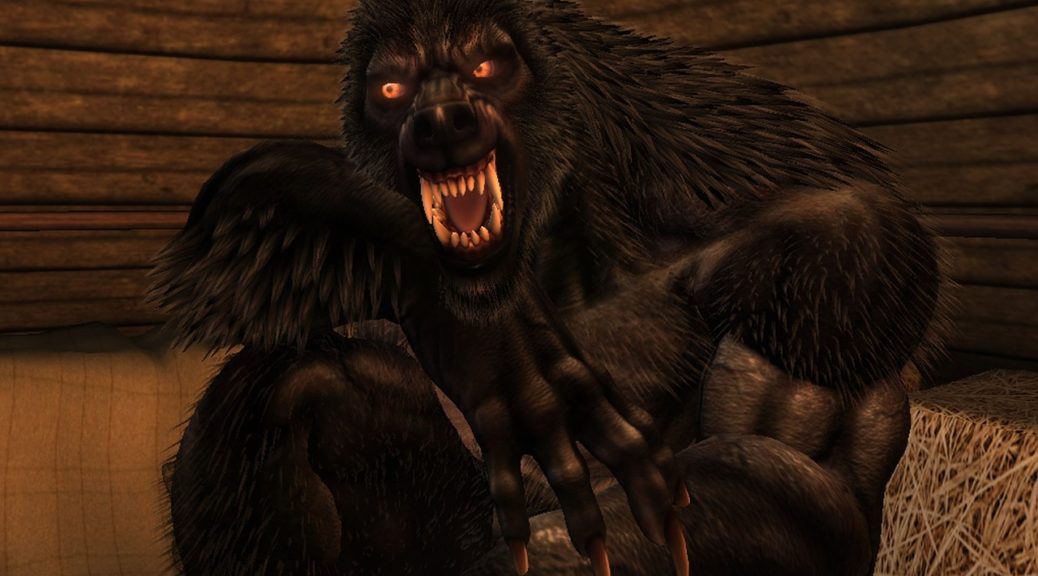



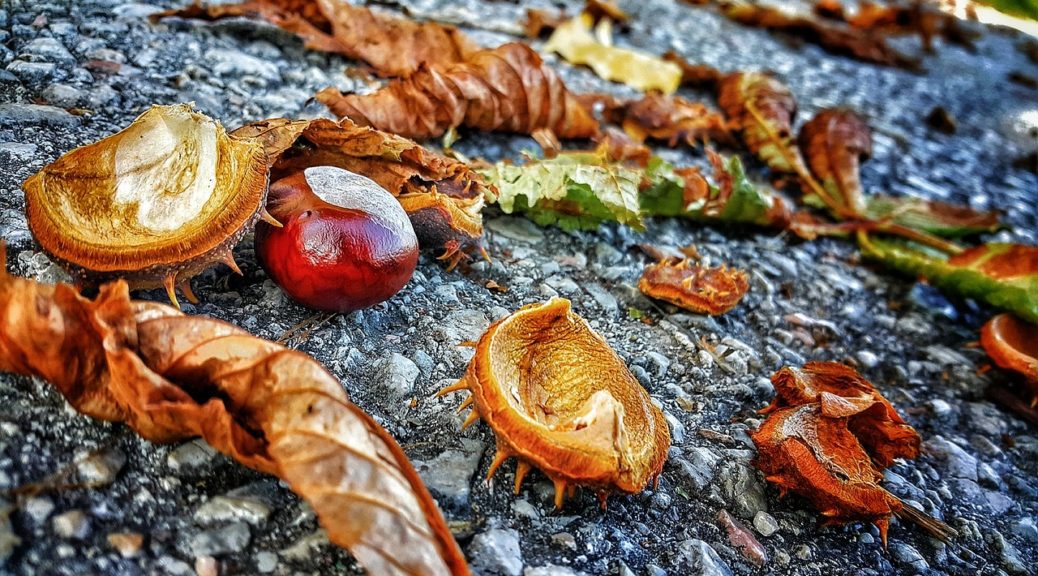
 Now that
Now that  there.)
there.)  storehouses where you kept your smoked and salted meats for winter naturally kept the meat cold. The fall temperatures often dipped below freezing, but on days when the temperatures were above freezing, the air still acted like a refrigerator. Smoking and salting were ways of stabilizing the meat so it didn’t turn rancid during the occasional temperatures fluctuations. Hence, hunting for big game often happened in the fall and winter months. Unless you were planning on eating the whole critter in a few days, you really had no way to preserve the meat during the summer months, unless you were drying it. Hence eating small game and young animals were more fitting for the spring and summer months.
storehouses where you kept your smoked and salted meats for winter naturally kept the meat cold. The fall temperatures often dipped below freezing, but on days when the temperatures were above freezing, the air still acted like a refrigerator. Smoking and salting were ways of stabilizing the meat so it didn’t turn rancid during the occasional temperatures fluctuations. Hence, hunting for big game often happened in the fall and winter months. Unless you were planning on eating the whole critter in a few days, you really had no way to preserve the meat during the summer months, unless you were drying it. Hence eating small game and young animals were more fitting for the spring and summer months. During this time, people were busy drying fruits and vegetables. Canning hadn’t been invented until the Napoleonic Wars, so that didn’t happen. People did store in what food they preserved for the upcoming winter months, presumably in
During this time, people were busy drying fruits and vegetables. Canning hadn’t been invented until the Napoleonic Wars, so that didn’t happen. People did store in what food they preserved for the upcoming winter months, presumably in  Beyond hunting and foraging for food as well as harvesting and preserving food, the Northern peoples spent time enjoying themselves too. Those who lived in the Viking era enjoyed playing board games, drinking games, and other indoor games when the weather got too cold or in the evenings when they had a little time to relax. When they had free time outside and the weather wasn’t too cold or snowy, they’d practice fighting and even hold mock battles to improve their skills. Some of these “games” ended up pretty bloody.
Beyond hunting and foraging for food as well as harvesting and preserving food, the Northern peoples spent time enjoying themselves too. Those who lived in the Viking era enjoyed playing board games, drinking games, and other indoor games when the weather got too cold or in the evenings when they had a little time to relax. When they had free time outside and the weather wasn’t too cold or snowy, they’d practice fighting and even hold mock battles to improve their skills. Some of these “games” ended up pretty bloody. and Hel, even
and Hel, even 


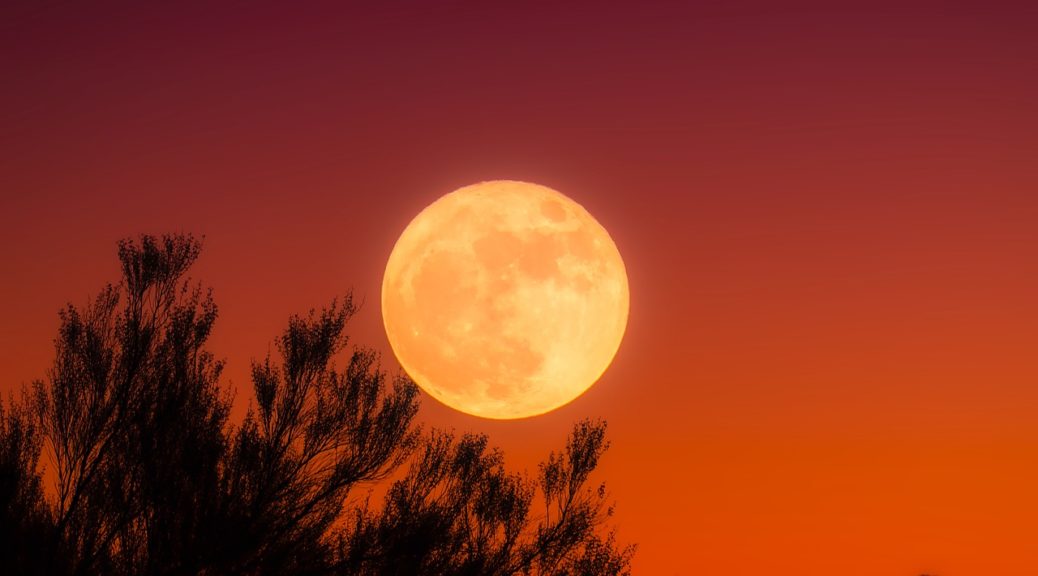
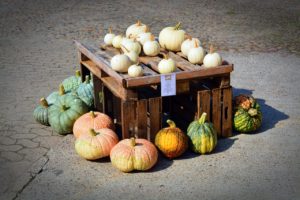 I was checking out a site on the Viking Age and
I was checking out a site on the Viking Age and 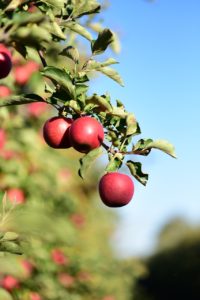
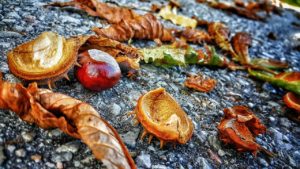 If you grow even some of your own food, you may have a sense as to when it’s time to harvest your garden before the upcoming frost. Don’t let that food go to waste; can, freeze, or dehydrate it so that you can use it in the upcoming winter months. If you don’t have a garden, you can still buy local foods from your farmer’s market and celebrate their harvest with your own feast. Be glad that there are farmers who provide food for you, because without them, you would starve. Even if you can’t have a feast that is made up of local foods, just having some in your meal will put you in touch with both the seasons and your ancestors.
If you grow even some of your own food, you may have a sense as to when it’s time to harvest your garden before the upcoming frost. Don’t let that food go to waste; can, freeze, or dehydrate it so that you can use it in the upcoming winter months. If you don’t have a garden, you can still buy local foods from your farmer’s market and celebrate their harvest with your own feast. Be glad that there are farmers who provide food for you, because without them, you would starve. Even if you can’t have a feast that is made up of local foods, just having some in your meal will put you in touch with both the seasons and your ancestors.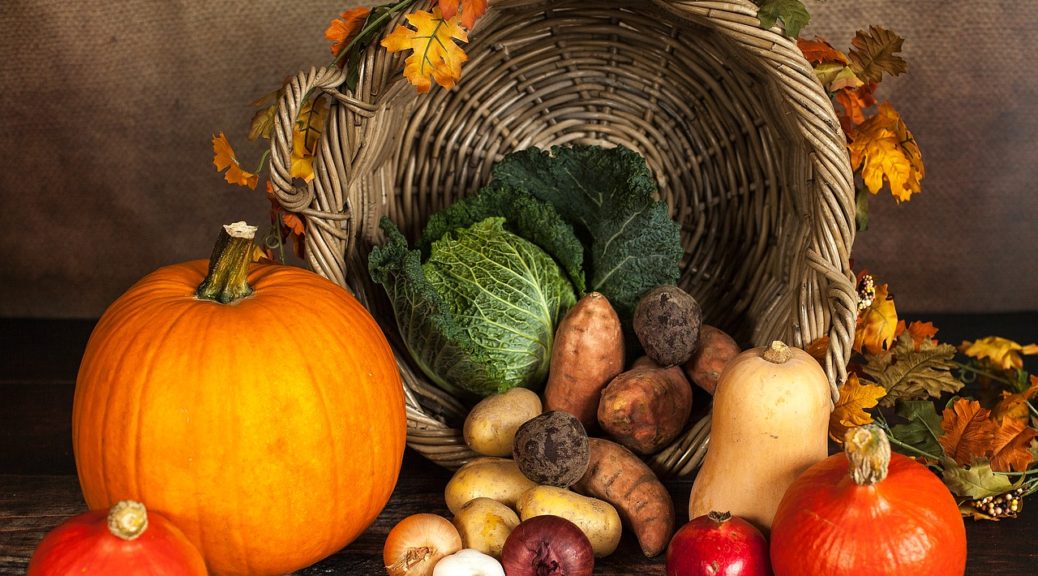
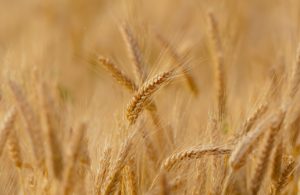 I’ve been meaning to write more about the
I’ve been meaning to write more about the 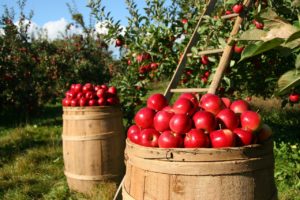
 That being said, it helps to have a farmer’s market in your area because you will get a better feel for the season and the types of food being produced in your area. Eating a feast made with foods from that season is a sure way to connect with our ancestors and the types of foods they ate. Although many foods we eat nowadays weren’t available to our Northern ancestors, due to the fact that a number of fruits and vegetables we eat come from the Western Hemisphere, eating seasonal foods puts us in touch with the seasons and the wights.
That being said, it helps to have a farmer’s market in your area because you will get a better feel for the season and the types of food being produced in your area. Eating a feast made with foods from that season is a sure way to connect with our ancestors and the types of foods they ate. Although many foods we eat nowadays weren’t available to our Northern ancestors, due to the fact that a number of fruits and vegetables we eat come from the Western Hemisphere, eating seasonal foods puts us in touch with the seasons and the wights.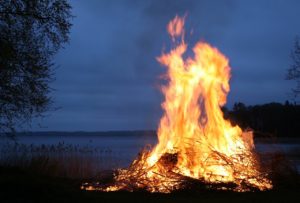




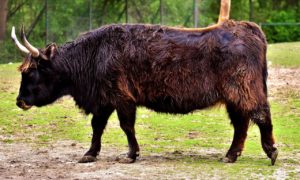 Uruz is an interesting rune to have in a cast because it is the symbol of vitality and strength. In many ways, it’s a positive rune to have, depending on where it is in the layout and what runes are surrounding it. If Uruz is in a place in the cast which is what obstacles you might face, then it can be an unwanted rune, because it may be saying that the forces against you achieving your goal are powerful and may be difficult, if not insurmountable, to overcome. But in many casts, it suggests a strong force helping you. But be careful, Uruz can bring about some pretty powerful changes that you might not foresee, and your life can become chaotic with such a rune at the helm.
Uruz is an interesting rune to have in a cast because it is the symbol of vitality and strength. In many ways, it’s a positive rune to have, depending on where it is in the layout and what runes are surrounding it. If Uruz is in a place in the cast which is what obstacles you might face, then it can be an unwanted rune, because it may be saying that the forces against you achieving your goal are powerful and may be difficult, if not insurmountable, to overcome. But in many casts, it suggests a strong force helping you. But be careful, Uruz can bring about some pretty powerful changes that you might not foresee, and your life can become chaotic with such a rune at the helm.